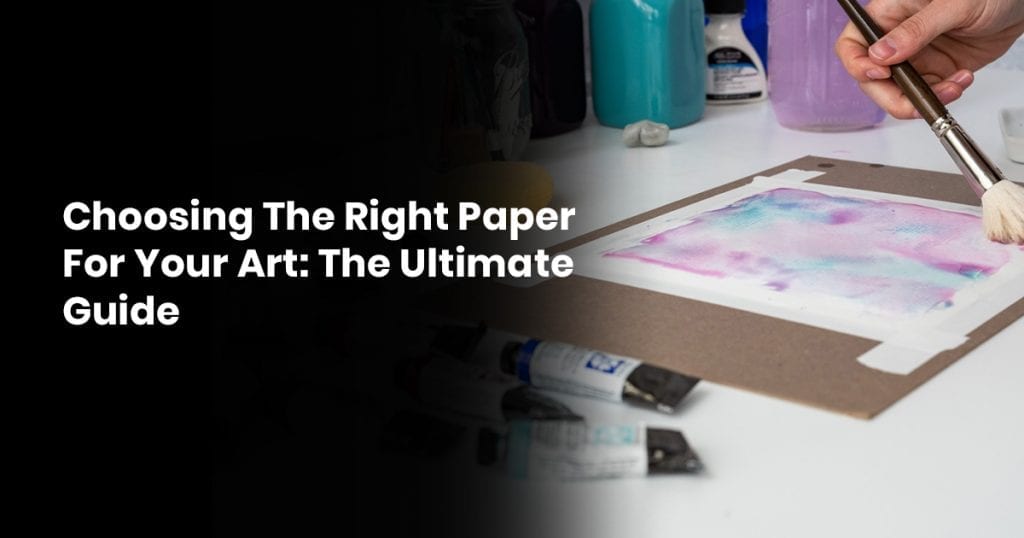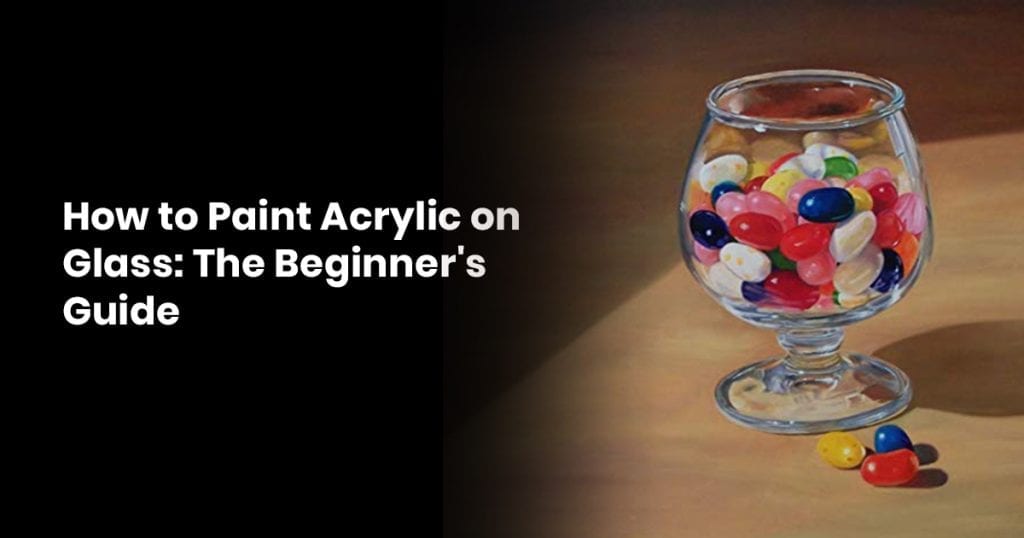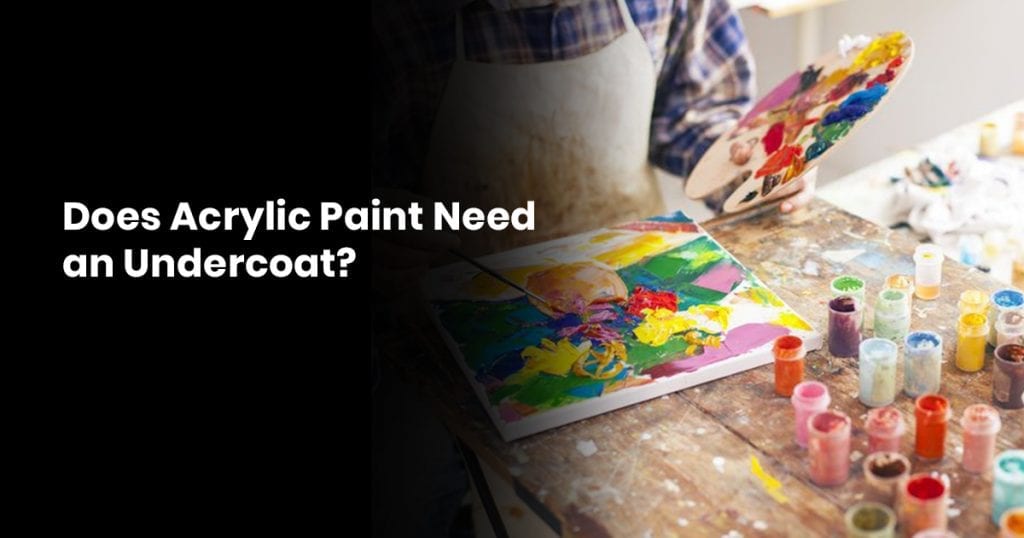Your creativity is boundless, but you need to acquire the right tools and supplies in order to bring your ideas to fruition.
The type of paper you choose for your art project is massively important.
Selecting the wrong type can sabotage your artwork, and alter the way that the end product comes out. It’s a big deal.
Let’s look at the different types of paper, what paint types are best for them, and determine the best course of action of the type of art you want to create.
Contents
Paper Types 101

We are going to go over the right paper types for painting.
You can bring a pencil or pen to just about any type of paper (apart from newspaper of course) and make something great, but it’s increasingly difficult to use paint on a wide variety of paper types.
That being said, you still have plenty of options to keep you busy by testing them all.
Different types of paper are required because of the different paint types, and how they are absorbed.
For instance, oil painting might seep into the canvas/paper more than acrylic paint. Everything reacts differently.
Paper types will have different thickness ratings, absorbency, and are all created in a different way.
All paper is made through a process known as pulping, where tree fibers are whipped into a thin paste, and then an even thinner mixture.
The glue in wood (lignin) is diluted, and the process can contain as much as 99% water before the fibers are dried out.
From there, depending on the thinness, different types of paper are made.
Art paper costs what it does because of how much actual lignin and wood fibers are in them.
It’s a more time-consuming and costly process than it would take for newspaper, for instance, and we all definitely feel it when it comes time to check out.
Types of Art Paper
The type of paper you use is going to determine a few things.
For one, how much weight the paper holds will let you know how much paint you can expect to put on it.
If you’re using paper instead of a canvas, then it’s critical to know how much it can take.
You could paint a glorious picture, only to have it crack when the weight of the oil paints put too much pressure on it.
Paper matters, and these are the three main types you’ll need.
Hot-Press Paper

Hot-press paper has a high weight rating, as well as a smoother surface.
This makes it far better to use smooth paints on, like watercolor, since they are able to hold onto a surface almost entirely on their own.
Hot-press paper is generally cheaper than cold-press paper, but there is something you should know.
If you’re planning on using water (not to be confused with watercolor) on your painting, you have to stretch the paper out a little bit before using it.
Some people add water to their painting after it’s done or while it’s drying to ad effects, but it could cause mold or mildew in thick hot-press paper.
Cold-Press Paper
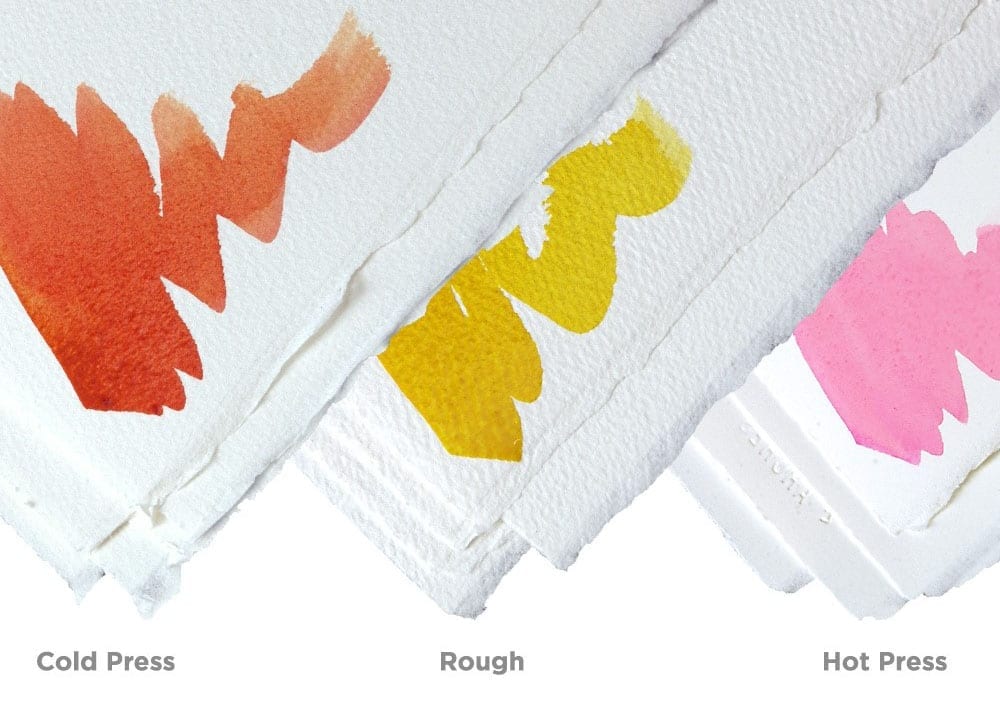
Cold-press paper has a super fine edge to it, or a tooth coating, if you will.
These are somewhere in between hot-press and rough paper, which we’ll get into in a minute.
If you’re using rough oil paints and thick acrylic paints (as well as charcoal pencils to map out the entire thing), then you’ll benefit heavily from cold-press paper.
The edges grasp onto the paint and charcoal, forcing it to bond to the paper a bit easier.
These are ideal if you’re trying to make a more realistic piece that you just can’t achieve with smooth paints and paper.
Rough
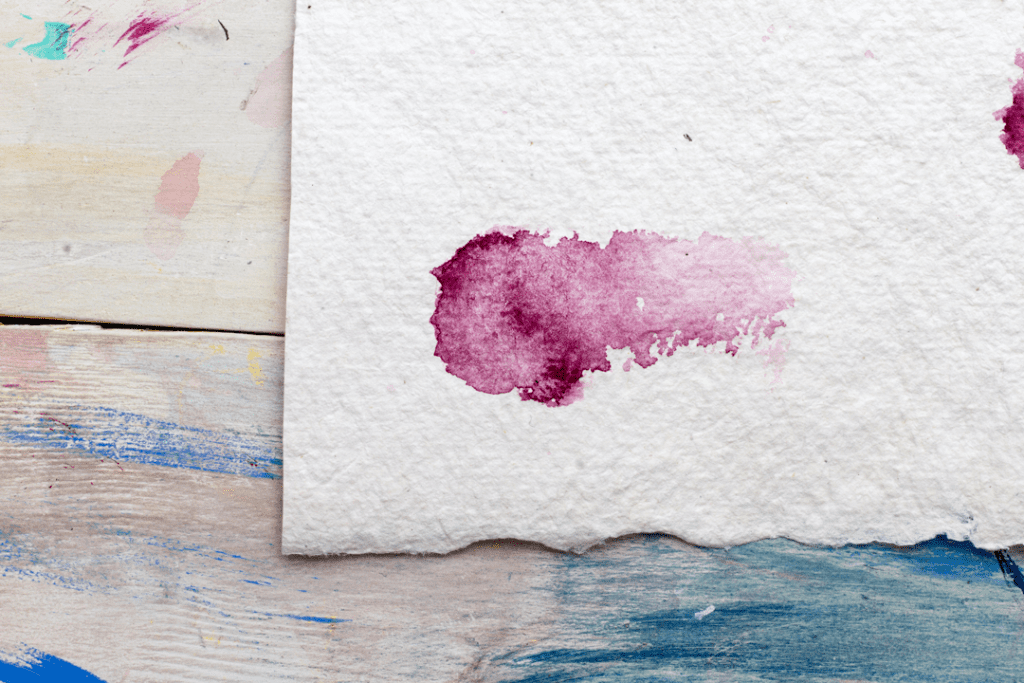
Think of paper that feels sort of like canvas: boom, that’s rough paper.
It’s the closest you can get to canvas without having it in a panel or stretched out across a birch wood frame, as a matter of fact.
The thicker the paper, the more expensive it’s going to get, so only opt for rough paper if you’re completely certain that this is what you want.
This holds onto paint remarkably well, and can give you the dotted hard brush effect of canvas without having to set it up on an easel.
Rough paper has a high paper weight rating, and generally withstands some of the most stress and torment while you wait to frame it in its proper place.
Difference Between Canvas and Paper

A canvas is similar to rough art paper, because it has a tooth-like exterior.
If you remember using printer paper and colored pencils to make a creation when you were a kid, think of canvas as the complete opposite.
Dragging a pencil across canvas isn’t going to do much, other than irritate your ears. Canvas will hold onto charcoal and paint exceptionally well, but it will take longer to dry.
Canvas is treated with something called gesso, though turpentine and tung oil combinations may be used in place of it.
This helps protect the cotton in the canvas, so that the moisture in your oil paint or acrylic paint doesn’t cause it to rot, grow mold, or decay in any way.
If it’s a treated canvas, you won’t even have to worry about this.
The paint is going to take longer to dry, though, because of all the little crevices and cracks in the front wall of the canvas.
Your paints will dry evenly, but will take their time.
On paper, you run into different types of problems. If you were to use oil paints on printer paper, it would become a stinky, decaying mess.
Not only is the paper going to soak through and separate the moisture from the paints, but it’s also going to warp the coloration and diminish the gloss or matte finish. It’s not good.
You need paper with a bit of tooth to it, meaning it holds onto things like an enamel would.
Printer paper is out for painting, but using one of the paper types we mentioned before you will be able to create something magnificent that will actually stick to the paper.
Be sure to check the finish on the paper; if it needs to be treated with gesso or a turpentine mix, it’s going to cost less, but it’s going to involve a lot more work for you.
Choose wisely.
What Kind of Paper is Best for Oil Paints?
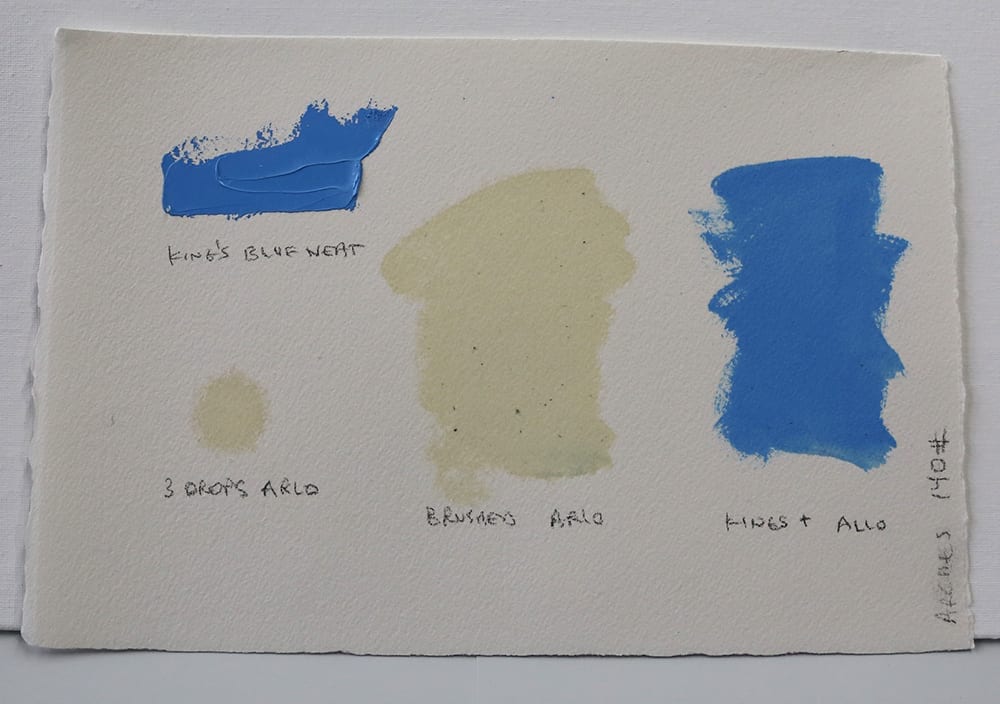
Oil paints are heavy, whereas acrylic paints have a bit of lightness to them.
You need something to hold onto all of that weight and the density of the oil, so you’ll want rough paper or cold-press paper.
The last thing you want is for your paint to start running. Even though there isn’t a large amount of water in oil paints, it’s possible for it to bead up and run down the canvas/paper if you aren’t careful.
Rough and cold-press paper are thick enough to not be weighed down and/or warped by oil paints, but also have the correct divots and nooks that will allow your paint to hold onto it while it dries.
Oil paints can take ten days to dry, or depending on how thick the painting is and how non-ventilated the area is, it could take months.
You need a quality paper to make sure the paint doesn’t shift or move during that time frame.
What Kind of Paper is Best for Acrylic Paints?
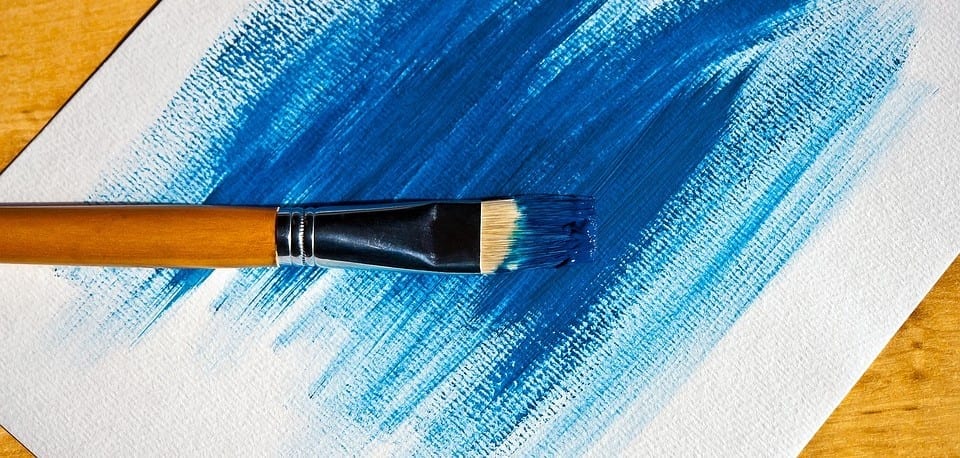
You’ll be okay using almost any artist-grade paper for this.
You’ll find that acrylic paint isn’t commonly cut or thinned out with water, meaning the moisture content isn’t very high.
Acrylics dry exceptionally fast on most paper types, and as long as you aren’t using office grade printer paper, they shouldn’t leach any moisture into the paper.
Acrylic paint can take as little as an hour to dry, or as long as ten days, depending on the environment that you’re painting in and the thickness of the applied paint.
More volume means longer drying times.
You’ll want to stick with paper that has a forty pound weight rating. These will have enough rigidness and durability to withstand the weight of acrylic paints, so long as you don’t lay it on too thick.
For that, hot-press paper is great: it’s rather inexpensive compared to rough and cold-press paper, comes in a higher quantity, and can withstand the might of acrylic paint without warping as it dries.
Stick to basic canvas panel-sized pieces of paper, around 10 x 13, if you’re going to stay in the forty pound range.
If you’re ambitious enough to try this out on a big piece of paper, look for an eighty pound rating and pieces of paper that are around 30 x 40. Don’t overload your paintings.
What Kind of Paper is Best for Watercolor Paints?
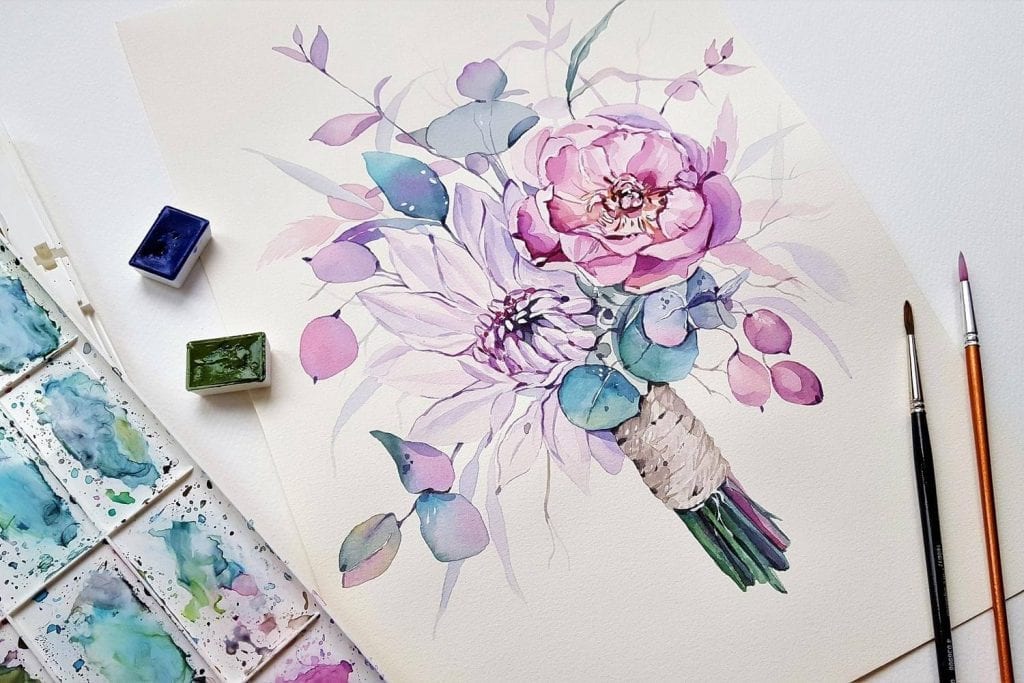
Watercolors are tricky, because there’s (as you might imagine) a great deal of moisture locked inside.
The problem with canvases is that they need to be treated with gesso or turpentine to repel the moisture and the damaging effects of rot and molding.
That doesn’t really make them great for watercolors.
Instead, it’s a smart move to opt for high weight art paper.
You can find a stack of sixty-two pieces of paper with a one-hundred and forty pound weight rating for around twenty dollars or so.
For this, you’ll find a lot of cold-press paper and rough paper.
These types have enough rigidness to them to hold onto the watercolor paint without letting it pool up, sweat, or bead off and roll down the paper.
One-hundred and forty pound weight rating paper is great for watercolor paints, but it’s also excellent for oil paints as well.
These are some of the most versatile pieces of art paper around, as they usually come acid-free and aren’t treated harshly.
Paper like this will allow the paint to lightly absorb into it with no negative effects: the paper is treated (whether with or without acid) to prevent rotting or mold from spawning.
Instead, there are instant drying agents in the paper that take in the pigment of the paint, but nullify the wetness, effectively trapping the color on contact.
You’ll find that it’s a lot harder to erase mistakes on paper like this.
What do Paper Weight Ratings Mean?
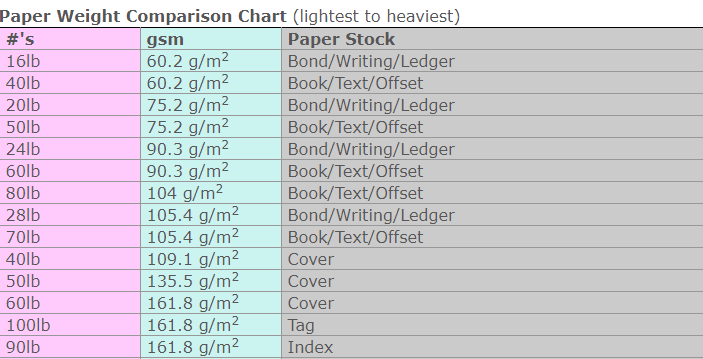
A paper’s weight rating is how heavy that paper is in a stack of five-hundred sheets.
This is sort of an arbitrary thing to do for some art paper, but it’s the way that manufacturers and distributors weigh paper, which tells you how much each individual sheet can withstand.
If a five-hundred stack of paper weighs twenty pounds, it’s considered medium-grade office paper.
Laser photo copies, printing, that sort of thing, but the higher the weight rating, the more durable the paper will be.
That’s why you’ll see rough and cold-press paper with high weight ratings: something has to hold onto all of the weight from that oil and acrylic paint.
Since basic office paper is somewhere between sixteen and twenty-four pounds, it’s not very good. Instead, you want to find paper with an eighty pound weight minimum.
The larger the piece of paper, the more of a paper weight rating you need to prevent drooping, or paint from pooling in certain areas of your painting.
It’s possible to find rough and cold-press paper with a three-hundred pound weight rating, though that’s going to cost you a pretty penny.
It’s going to feel like a canvas without a wooden frame at that rate, and will no doubt withstand an exceptionally high amount of weight.
What’s Right for You?
Depending on your style, preferred paint type, and what you’re planning to do, the right paper could be the difference between a masterpiece and a train wreck.
We both know that you have talent with a paintbrush, it’s just a matter of finding the right surface to stick those brush strokes to.

